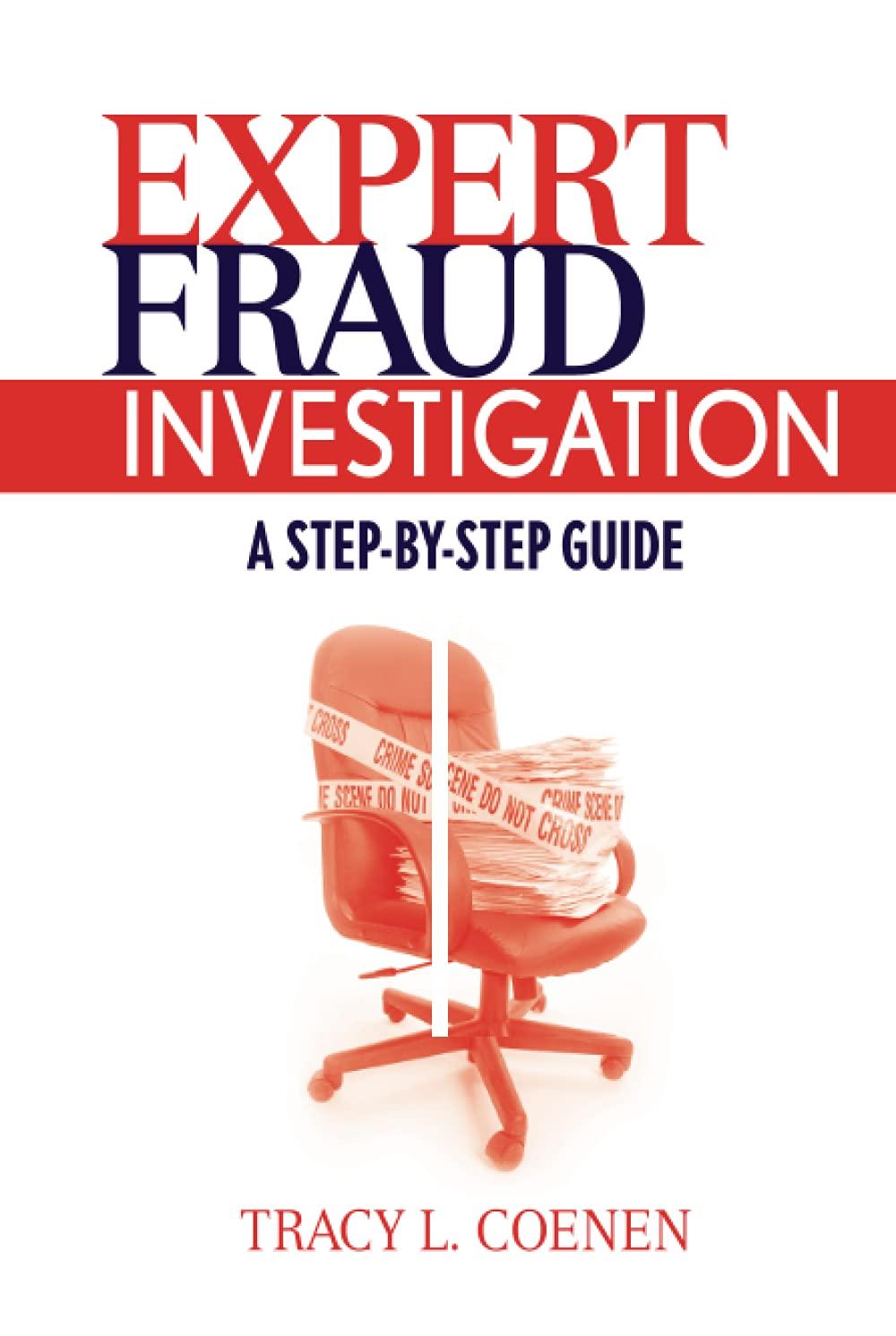












Which of the following best describes a best efforts underwriting commitment? Review Later The underwriter agrees to buy the entire issue and assume full financial responsibility for any unsold shares. If the entire issue cannot be sold at the offering price, the deal is called off and the issuing company receives nothing. Underwriter is only responsible for half (50%) of the issue. Underwriter commits to selling as much of the issue as possible at the agreed-on offering price but can return any unsold shares to the issuer without financial responsibility. 2 Free Cash Flow Growth rate Tax Rate Cost of Capital Debt-to-total value 1iN) 296 14: 596 50% Given the data in the above table, what is the present value of the business today (using the growing perpetuity formula)? 3000 3366 3600 3 Cash Debt Tax Rate 100,000 10% 3 Enterprise Value Given the data in the above table, calculate market capitalization of this hypothetical company $540,000 $400,000 $460,000 4 Cost of Equity After-tax cost of debt Debt-to-equity ratio 796 1.5 Given the data in the above table, what is the cost of capital of this company? 3.76 5.996 6.26 4.096 5 Suppose a company with a very high risk tolerance is debating over which capital structure to mplement. Which of the following. all eise being equal, capital structure will lead to the highest 30% Debt, 70% Equity 20% Debt, 80% Equity 50% Debt 50% Equity 90% Debt 10% Equity 6 Which of the following statements is correct? Financial buyers are operating partners that try to create synergies Financial buyers are institutions that provide capital and are not operators. Strategic buyers are institutions that provide capital and are not operators. Strategic buyers are asset managers that are trying to time the purchase or sale of a business. 7 Which of the following is the correct ordering of the capital stack (from most secure to least secure)? Subordinated debt - Senior debt - Equity Senior debt>Subordinated debt> Equity Senior debt Equity Subordinated debt Equity-> Subordinated debt-> Senior debt Page 7 of 13 8 Which of the following debt repayment profiles involves a growing principal amount over time? Equity Pay in kind debt Mezzanine finance Senior Debt Which of the following would NOT be a sufficient cash flow measure to assess debt capacity? EVIEBITDA Senior Debt/EBITDA Cash interest cover Total Debt/EBITDA 10 Which of the following is NOT a form of subordinated debt? Vendor Notes Revolver High yield bonds 11 Which of the following best describes a leveraged buyout fund's acquisitions? Investing in early stage businesses Investing in mid-sized Investing in foreign businesses 12 Which of the following careers is NOT on the buy side? Commercial Banking Private Equity Portfolio Management 13 Which of the following is not a function of public accounting firms? Due dilligence Audit Financial Planning & Analysis Transaction Advisory



















